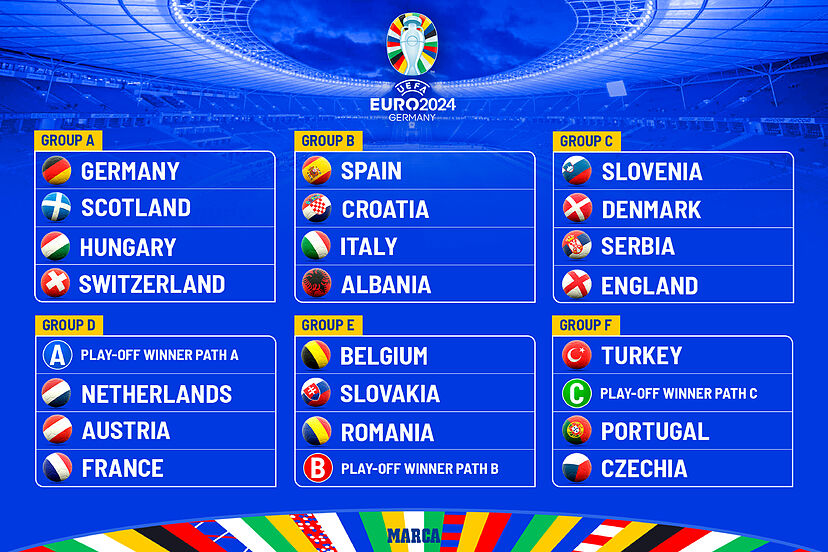In an ambitious bid to diversify the Saudi Arabian economy and foster economic growth, the Saudi Crown Prince, Mohammed bin Salman, has set his sights on the world of sports. His vision is to leverage the power of sports to increase the country’s GDP growth by 1.5%. This strategic move reflects the broader trend of Gulf nations using sports as a catalyst for economic transformation. In this article, we will explore the Saudi Prince’s plan and its potential impact on the nation’s economic landscape.
Saudi Arabia’s Economic Diversification Efforts
Historically, Saudi Arabia has heavily relied on oil as its primary source of income. However, the kingdom’s leadership recognizes the need to reduce this dependency and diversify its economy. In line with this objective, the Vision 2030 plan was unveiled, aiming to transform Saudi Arabia into a more dynamic and diversified economy.
As part of Vision 2030, the Crown Prince envisions sports as a promising avenue for economic growth. With the ambition of boosting the nation’s GDP growth by 1.5%, the plan seeks to leverage sports in various ways.
Leveraging Sports as an Economic Driver
1. *Sports Events and Tourism:* Hosting international sporting events, such as Formula 1 races and heavyweight boxing matches, has become a key part of Saudi Arabia’s strategy. These events attract a global audience and contribute significantly to the tourism sector. Additionally, they promote the country’s image on the international stage.
2. *Sports Infrastructure Development:* The Saudi government is investing heavily in building world-class sports infrastructure. This includes state-of-the-art stadiums and sports complexes. Such investments not only support the sports sector but also stimulate related industries like construction and hospitality.
3. *Local Sports Initiatives:* The government is also promoting local sports by investing in grassroots programs and supporting Saudi athletes’ participation in international competitions. This helps in creating a sporting culture within the country and can unearth hidden talent.
4. *Media and Entertainment:* The creation of sports media and entertainment industries is another focus. This includes the development of sports television channels, digital platforms, and other media outlets that can generate revenue and employment opportunities.
Challenges and Potential Roadblocks
While the Prince’s vision for boosting GDP growth through sports is promising, it is not without challenges:
1. *Cost:* Hosting major international events and building state-of-the-art sports infrastructure can be expensive, and the return on investment may take time to materialize.
2. *Competition:* The global sports industry is highly competitive, with established nations and organizations vying for a share of the market.
3. *Sustainability:* Maintaining the momentum and ensuring that investments in sports continue to generate economic benefits in the long term is crucial.
Saudi Arabia’s ambitious plan to increase GDP growth by 1.5% through sports is a bold step towards diversifying its economy and reducing its reliance on oil revenue. Leveraging sports has the potential to create jobs, boost tourism, and promote the nation’s image on the international stage. While challenges exist, the commitment and investment in this sector reflect the Saudi Crown Prince’s determination to realize his Vision 2030 goals and position Saudi Arabia as a global sports hub. The success of this strategy will depend on effective planning, investment, and sustainable development in the world of sports.





